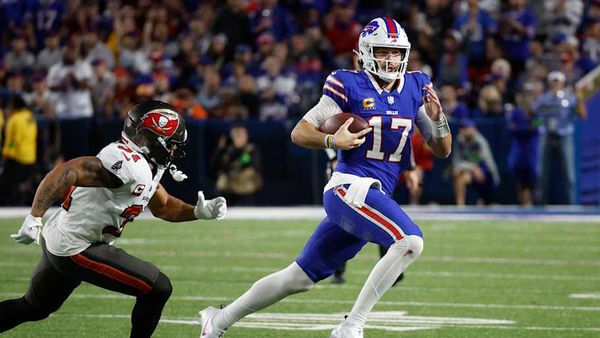.jpeg?width=1200&auto=webp&crop=3%3A2)
A new study has revealed that dogs began their physical transformation from wolves during the Middle Stone Age - several centuries earlier than previously thought.
In the 21st century, it is difficult for many to imagine their beloved pets as wild predators, roaming free and potentially posing a threat to communities.
While it was originally thought that it was the Victorians who championed domesticity for dogs through selective breeding, the new research has discovered that this transformation actually started over 10,000 years ago.
An international team of researchers spent over a decade collecting prehistoric canine skills that spanned a period of 50,000 years of dog evolution.
By creating digital 3D models of more than 600 skulls, they were able to uncover that dog skulls started to change shape nearly 11,000 years ago, shortly after the last Ice Age.

While their ancient wild relatives had more slender, wolf-like appearances, shorter snouts and stockier heads became more commonplace.
The relationship between humans and dogs has long been a source of fascination.
The burial of a young diseased puppy and an adult canine alongside a human in northern Europe 15,000 years ago has been interpreted as evidence of their longstanding domestic status.
It is unclear what drove this relationship, but researchers have suggested that it began when wolves began scavenging food from hunter-gatherers, with tamer wolves receiving preferential treatment.
Dr Allowen Evin from the University of Montpellier, a lead researcher on the study, said: "When you see a Chihuahua - it's a wolf that's been living with humans for so long that it's been modified.”
The research, published in the journal Science, also noted that the continued presence of wolf-like dogs among modern breeds “highlights the complexity of disentangling the biological and cultural status of the earliest domestic individuals”.
As for why they have changed appearance, Dr Carly Ameen from the University of Exeter told the BBC: “It's likely to be a combination of interaction with humans, adapting to different environments, adapting to different types of food - all contributing to the kind of explosion of variation that we see.
"It's hard to untangle which of those might be the most important one."
New research sheds light on domestication of dogs and debunks centuries-old myths
Dogs in danger of death from swallowing toxic polluting beach pellets
Off-duty police chief shot two dogs in front of children. Now he’s suing the owners
Malaysian rapper Namewee detained in murder investigation of Taiwanese influencer
Bronze Age secrets revealed as boats emerge from riverbed after 3,000 years
How examination of animal genitals helped scientists discover seven new species







